Giorgio de Chirico painted “The Song of Love” in 1914. Executed in oil on canvas, it measures 73 by 59 centimeters. Born in Greece to Italian parents, de Chirico took interest in classical art and symbolism from an early age. Beginning in his teens he created enigmatic works dominated by quiet atmospheres. He painted with such meticulous precision that his artworks seemed almost intangible. At a certain point, de Chirico’s lack of obvious logical links created a sense of disorientation for the viewer. His paintings suggested ideas that went beyond visible reality, which is why critics defined his work as “metaphysical painting.” “The Song of Love” has remained one of de Chirico's best-known works.
The scene is set under an intensely blue sky. The foreground features the head of a sculpture in front of a wall and at the center of the composition. It is a recognizable masterpiece of ancient art, the “Apollo of the Belvedere.” Under the statue, a green sphere lies motionless on the ground and a surprisingly large red rubber glove hangs from a nail on the wall. This strange set of objects is framed on the right side of the painting by a building with arcades, the sharp arches of which evoke classical architecture. A red brick wall stands in the background on the left. Behind it, a steam locomotive adds an element of modernity. De Chirico created a juxtaposition by depicting ancient sculpture and other objects against the backdrop of a timeless city, resulting in an unexpected symbolism and series of associations. The statue of Apollo represents classical art, but de Chirico created a nostalgic effect by placing it outside its usual context.
The sphere, traditionally considered a symbol of perfect harmony, is an attribute of Apollo. But in “The Song of Love it appears inert and enigmatic, its meaning hidden from the viewer. The glove, which appears in other works by the same artist, is almost a substitute for human presence. The train symbolizes journeys, and had personal meaning for de Chirico. His father was an engineer who planned railways, and train images were familiar to de Chirico ever since childhood. Thanks to its poetic and irrational qualities, the painting exerted a great influence on Surrealist painters. “The Song of Love” is currently on display at the Museum of Modern Art in New York.
The scene is set under an intensely blue sky. The foreground features the head of a sculpture in front of a wall and at the center of the composition. It is a recognizable masterpiece of ancient art, the “Apollo of the Belvedere.” Under the statue, a green sphere lies motionless on the ground and a surprisingly large red rubber glove hangs from a nail on the wall. This strange set of objects is framed on the right side of the painting by a building with arcades, the sharp arches of which evoke classical architecture. A red brick wall stands in the background on the left. Behind it, a steam locomotive adds an element of modernity. De Chirico created a juxtaposition by depicting ancient sculpture and other objects against the backdrop of a timeless city, resulting in an unexpected symbolism and series of associations. The statue of Apollo represents classical art, but de Chirico created a nostalgic effect by placing it outside its usual context.
The sphere, traditionally considered a symbol of perfect harmony, is an attribute of Apollo. But in “The Song of Love it appears inert and enigmatic, its meaning hidden from the viewer. The glove, which appears in other works by the same artist, is almost a substitute for human presence. The train symbolizes journeys, and had personal meaning for de Chirico. His father was an engineer who planned railways, and train images were familiar to de Chirico ever since childhood. Thanks to its poetic and irrational qualities, the painting exerted a great influence on Surrealist painters. “The Song of Love” is currently on display at the Museum of Modern Art in New York.
RELATED
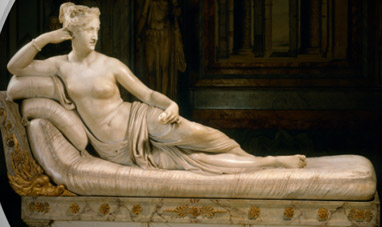

PAULINE BORGHESE
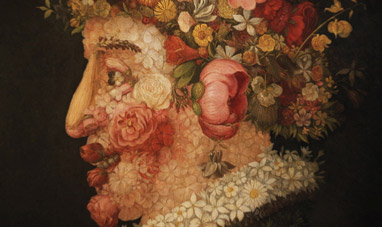

MANNERISM
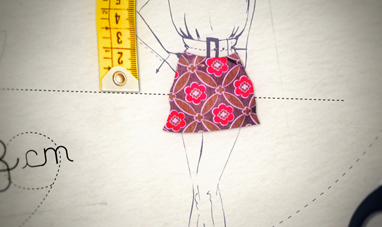

MINISKIRT
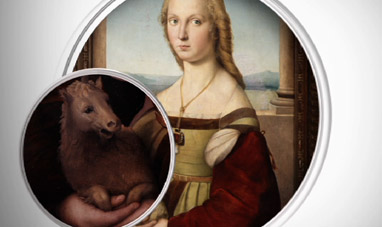

YOUNG WOMAN WITH UNICORN
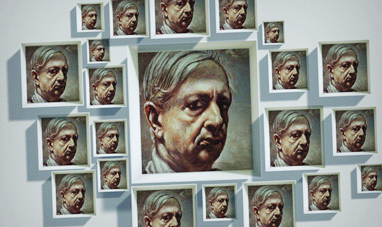

GIORGIO DE CHIRICO


IMPRESSIONISM
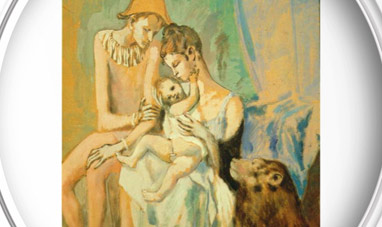

FAMILY OF ACROBATS, WITH MONKEY


DREAM CAUSED BY THE FLIGHT OF A BEE AROUND A...


SURREALISM


MADONNA OF THE GOLDFINCH


GIOTTO-S-FRESCOES-IN-THE-ASSISI-CATHEDRAL
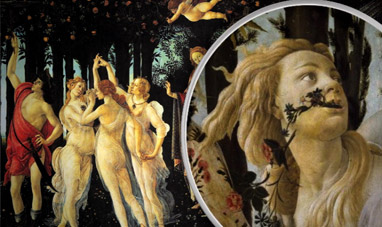

PRIMAVERA


STARRY NIGHT
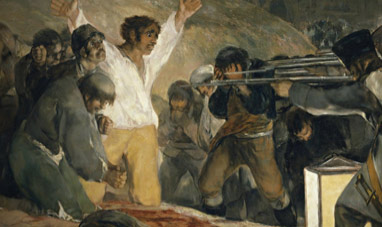

THE THIRD OF MAY 1808: THE EXECUTION OF THE DEFENDERS...
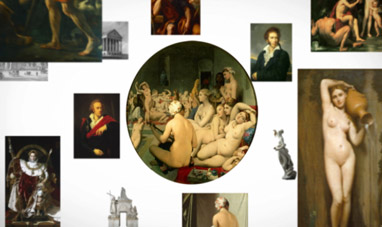

NEOCLASSICISM
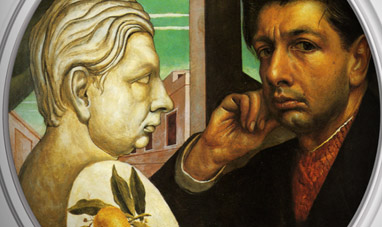

SELF PORTRAIT (GIORGIO DE CHIRICO)
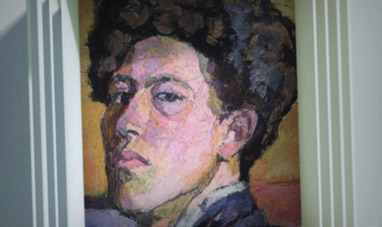

ALBERTO GIACOMETTI


YOUNG BOY WITH A BASKET FRUIT


LUIS BUÑUEL
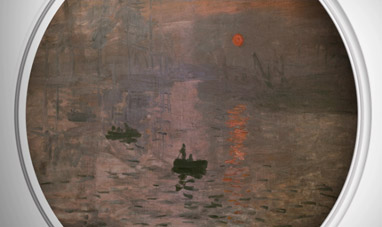

IMPRESSION, SUNRISE
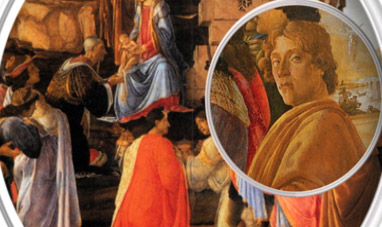

THE ADORATION OF THE MAGI
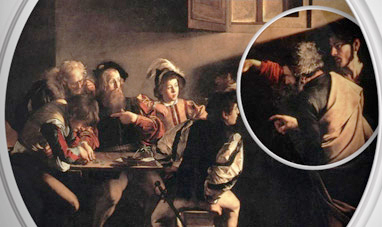

THE CALLING OF ST. MATTHEW


THE THREE GRACES
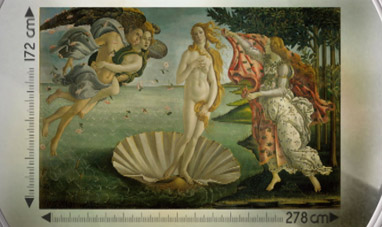

THE BIRTH OF VENUS
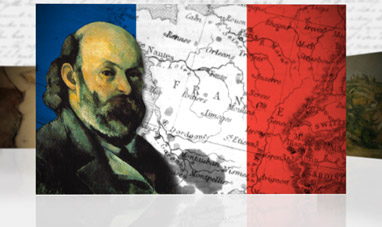

PAUL CÉZANNE


THE CRUCIFIX OF SANTA MARIA NOVELLA


ROMANTICISM


WATER LILIES (SERIES)


BAROQUE
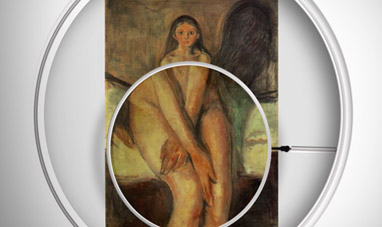

PUBERTY
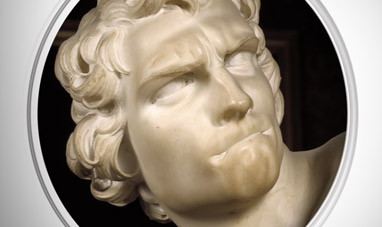

DAVID (BERNINI)
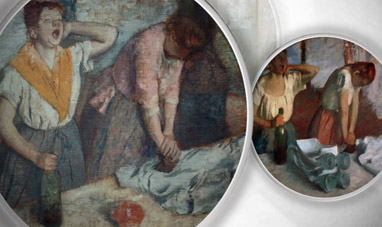

WOMEN IRONING


DAVID (MICHELANGELO)
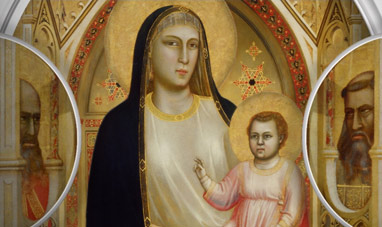

THE MADONNA DI OGNISSANTI
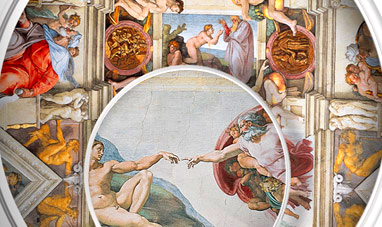

THE SISTINE CHAPEL
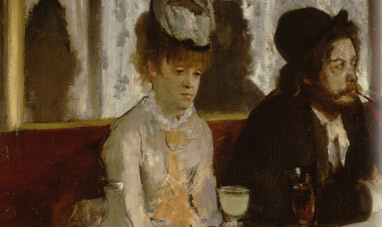

L'ABSINTHE
